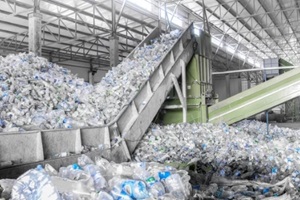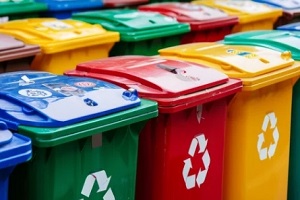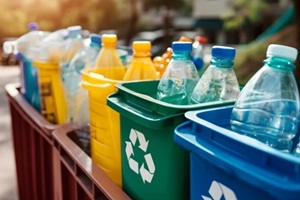September 6, 2024

Plastic recycling has traditionally faced several significant hurdles, with conventional methods often yielding materials unsuitable for high-end applications; however, pyrolysis is emerging as a powerful alternative designed to tackle these challenges.
Through a carefully controlled heating process in the absence of oxygen, plastic waste breaks down into its original components, offering high-quality raw materials from which new plastics can be created.
Currently revolutionizing the recycling of plastic waste, catalytic pyrolysis is breaking down polymers into reusable raw materials through a controlled heating process in an oxygen-free environment.
Catalytic pyrolysis involves heating plastic waste in an oxygen-free environment, allowing complex polymers to decompose into their original components. Through this controlled process, high-quality raw materials are generated that are suitable for manufacturing new plastics.
By surpassing the limitations of conventional recycling methods, catalytic pyrolysis contributes significantly to the creation of superior recycled plastics.
Researchers have refined the pyrolysis method to enhance its efficiency and output quality. Central to this advancement is the rotary kiln, which processes large volumes of plastic waste by heating it as it rotates. This begins with plastic waste, in granulated form, being fed into the kiln where it breaks down into gas under high temperatures.
The resulting gas is then cooled in a condensation unit, transforming into an oily liquid that is then processed further to obtain valuable raw materials for high-quality plastics. The method streamlines the recycling process to allow for the recovery of valuable components from plastic waste.
Catalytic pyrolysis is opening new avenues for the use of high-quality recycled plastics in various industries.
Reclaimed polycarbonate components from catalytic pyrolysis find essential uses in several industrial sectors, including automotive, electronics, and construction.

Each of these sectors relies on the high quality of recycled polycarbonate to meet their demanding performance standards.
The potential for adapting the pyrolysis method to recycle a broader range of plastics and mixed substances is promising. Researchers have made significant strides, moving from initial lab testing to pilot plant scale, addressing challenges such as optimizing process parameters and managing additives in plastics.
Future adaptations aim to expand the technology’s capabilities to handle various types of plastic waste, enhancing its versatility and efficiency. Scaling up this process involves overcoming technical hurdles, such as maintaining consistency in product quality and managing different plastic compositions.
As these challenges are addressed, the pyrolysis method is poised to become a cornerstone technology in the recycling industry, significantly contributing to waste reduction and resource recovery.
Join our PLASTICS Pulse newsletter today to receive updates on within the plastic industry while staying informed & connected.
Catalytic pyrolysis offers substantial environmental and economic advantages, making it a transformative technology in the recycling industry. Its ability to produce high-quality recycled materials while reducing environmental impact is significant.
One standout benefit of pyrolysis is that it significantly reduces CO2 emissions compared to more conventional recycling methods currently being used. Traditional methods consume more energy and often involve processes that emit higher levels of greenhouse gasses. In contrast, pyrolysis operates in an oxygen-free environment, which minimizes combustion and lowers overall carbon emissions.
For instance, the pyrolysis process can achieve up to a 60% reduction in CO2 emissions, offering a more sustainable solution for plastic waste management. It also conserves energy used in the production of plastics, further contributing to its environmental benefits.
These advantages make pyrolysis an effective tool in combating climate change and promoting sustainable industry practices.

The chemical industry stands to benefit greatly from the pyrolysis process as converting plastic waste into pyrolysis oil yields important platform chemicals such as styrene. These chemicals are essential for manufacturing high-quality plastics and other products, reducing the industry’s dependence on fossil raw materials.
Utilizing reclaimed raw materials can help lower your production costs while also enhancing the broader sustainability of chemical manufacturing.
Catalytic pyrolysis offers a promising future for plastic recycling, combining high-quality output with notable environmental and economic gains. Its role in decreasing CO2 emissions and energy usage highlights its importance in sustainable practices.
For more detailed insights into cutting-edge plastic recycling technologies and emerging industry trends, you can count on PLASTICS, the Plastics Industry Association. Becoming a member provides access to invaluable resources and keeps you informed about the latest innovations in the field.
PLASTICS and the Future Leaders in Plastics (FLiP) Committee are devoted to supporting and encouraging the next generation of plastics leaders who will play a crucial role in the innovation, technology and future of the plastics industry. FLiP’s mission is to provide young professionals under the age of 40 the exposure, education and resources they need to build lifelong careers in plastics. Want to join? Want to get your employees involved? Email: flip@plasticsindustry.org